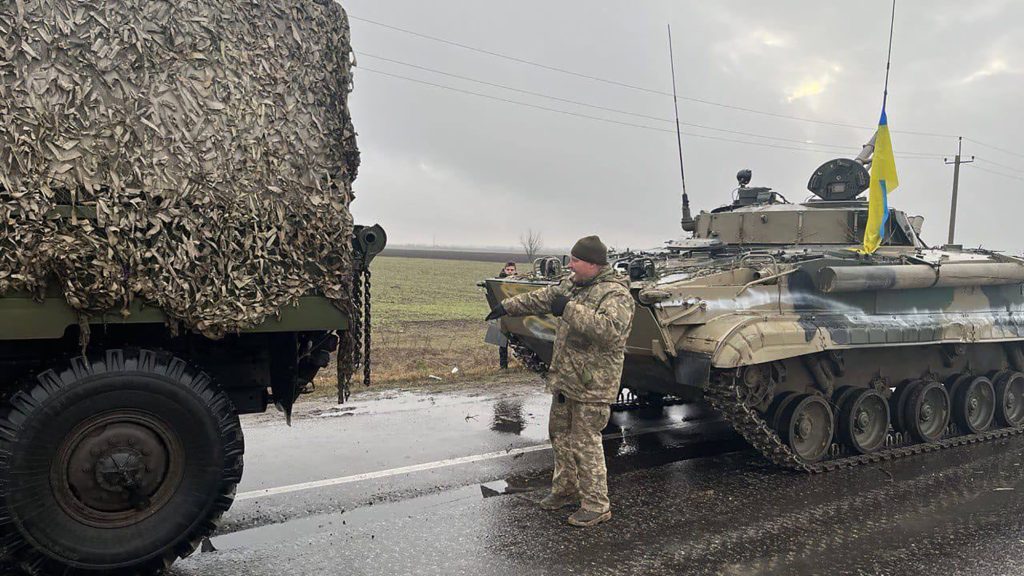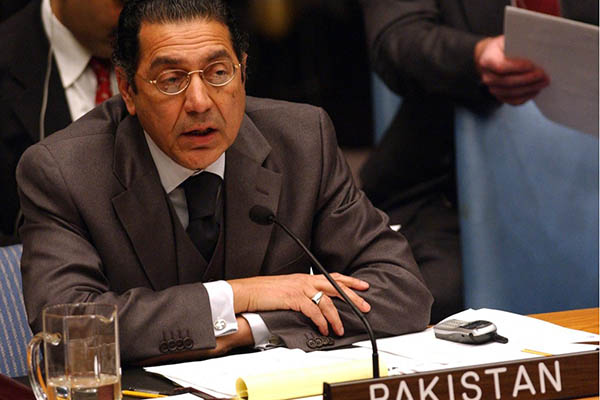
Washington: Caught on the back foot by the Taliban’s lightning takeover of Kabul last August, US intelligence services have earned a measure of redemption with Russia’s invasion of Ukraine, which they predicted and detailed with impressive precision.
According to several US officials, the US military understood as early as October 2021 that Russian troop movements on the border with Ukraine were not normal — Moscow said they were conducting regular drills, but the formations on the ground did not match up.
The Pentagon voiced its concerns to the White House, and US intelligence services quickly got to work to try to learn more. Some of Joe Biden’s aides doubted Russia could be planning a major assault, but the US leader took the situation seriously.
On Nov 2, Biden sent CIA Director Bill Burns — a former ambassador to Russia — to Moscow for talks with President Vladimir Putin.
Burns, who speaks Russian, let Putin know that Washington had “serious” concerns about his troop movements, CNN reported at the time.
Half a dozen colonels from the US Joint Chiefs of Staff intelligence directorate pored over information received from CIA analysts and the National Security Agency’s listening services to try to determine the Russian plan of attack.
From the basements of the Pentagon, “these unsung heroes have driven the entire intelligence community”, said one of those officials. He added that the NSA had done “unbelievable work”.
Paths of attack
In January, that assiduous intelligence work allowed the colonels to draw up a map that predicted with astonishing precision how Russia’s military would attempt to invade Ukraine — from the north towards Kyiv, from the east via Kharkiv and from the south through Mariupol.
Wanting above all else to prevent armed conflict, the Biden administration quickly made the decision to publicly reveal an unusual amount of classified information about Russia’s preparations for war.
In early February, Pentagon spokesman John Kirby said Moscow was set to “produce a very graphic propaganda video, which would include corpses and actors that would be depicting mourners,” pretending the scene was the result of a Ukrainian attack — a pretext for invasion.
Soon after, journalists were invited to meet senior intelligence officials who hardly ever speak to the press. Those officials said Russia was stepping up its preparations for a major military assault on Kyiv.
Reporters were shown a map with the predicted Russian troop movements. They were even given an expected date of attack: mid-February, after the conclusion of the Beijing Winter Olympics.
The scenario offered that day to the world’s media was met with scepticism in Europe.
The exact date of the attack was eventually pushed back a few days, but the Biden administration was so sure that its intelligence was correct that on the evening of Feb 23, Secretary of State Antony Blinken said he believed an invasion would begin before the night was over.
On the morning of Feb 24, Russian forces invaded Ukraine.
The US intelligence community had been right all along, except for a few details.
US analysts did not predict how fiercely Ukrainians would defend their country, nor did they count on the dogged determination of Ukrainian President Volodymyr Zelensky, whose bravery has galvanised his compatriots.
According to intelligence predictions, many in the US feared Kyiv would fall within 48 hours, and that Zelensky would be quickly ousted in favour of a pro-Russian leader.
As the invasion enters its third week, the Ukrainian capital remains out of Russian hands and Zelensky earned a standing ovation from British lawmakers after he addressed them via video link.
US intelligence was also worried the Ukrainian military would be quickly paralysed by a Russian cyberattack, which did not materialise.
That’s because, while Kyiv has modernised its armed forces, its Soviet-era planes have not been upgraded, and use the same communications systems as the Russian army — meaning Moscow cannot cripple the Ukrainians without hurting their own war effort. AFP


